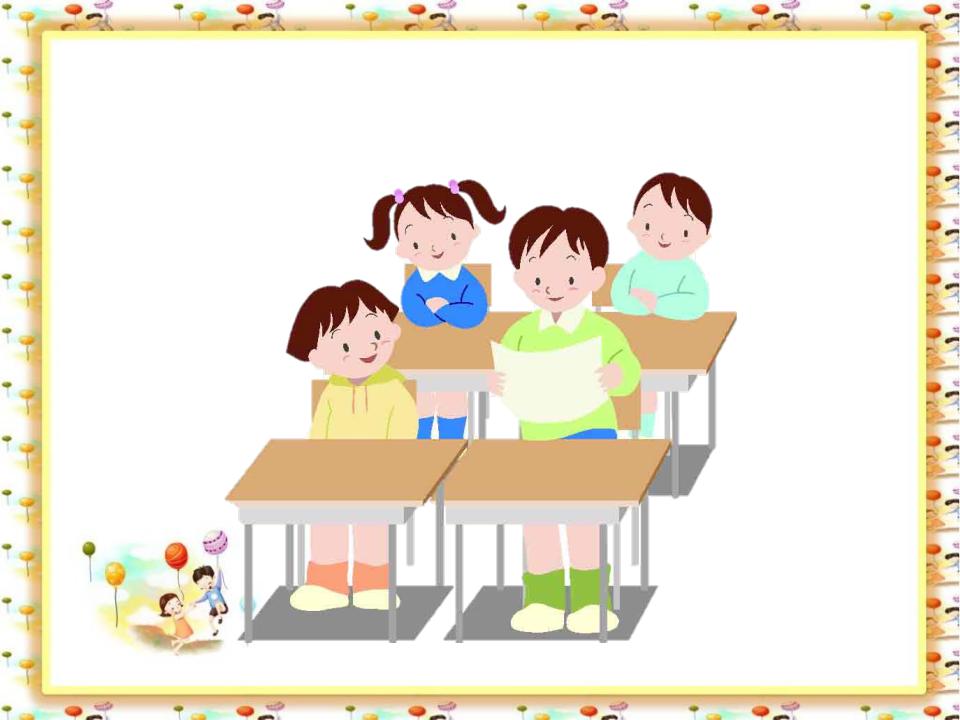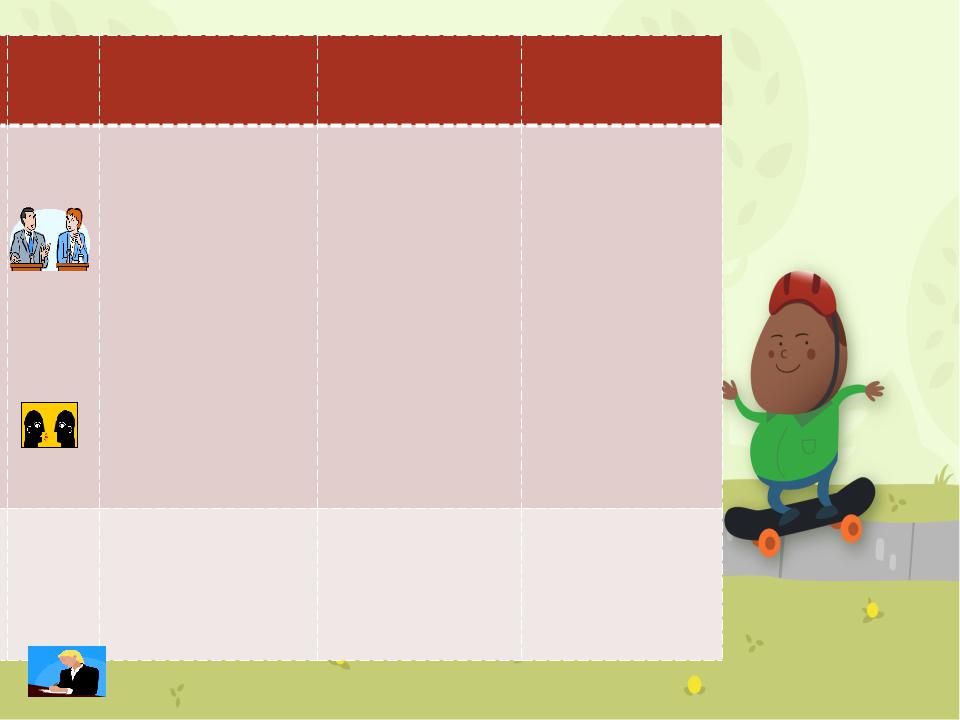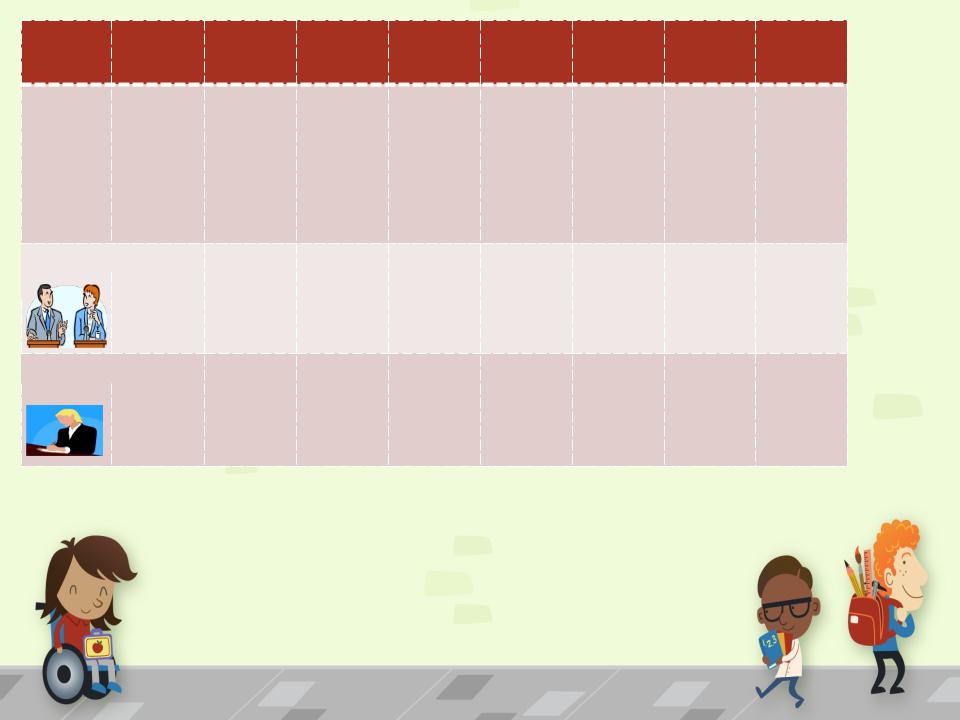
- •My English portfolio
- •Dossier
- •Contents
- •My Language Passport
- •Let me introduce my family to you! My family……………………
- •My school and my friends
- •My classmates are my friends
- •Global benchmarks of communicative proficiency – Listening and Read
- •Global benchmarks of communicative proficiency – Speaking and Writing
- •Myself
- •Myself
- •Food and clothes
- •Food and clothes
- •Weather
- •My plans for the future

My English portfolio
Подготовила: учитель английского языка Батлук Юлия Александровна г. Россошь МKОУ СОШ № 9

Dossier |
My Dossier |
|
In my dossier I keep examples of the work I have done, pictures I have drawn, and lists of my new words.
I can use the dossier to show my teachers and parents what I have learnt…

Contents
-In my dossier I have -












 Description
Description






1 
2 
3 

4 
5 

6 
7 


My Language Passport
Вставка рисунка
Stick your photo or draw your picture here
My name is: _________________
…………………………
I live at:
______________________ ..............
........................
My birthday is: _________________
My school is: _________________
…………………………
My hair is: _________________
My eyes are: _________________

Let me introduce my family to you! My family……………………
…………………………
…………………………
…………………………
…………………………
……………………….
5

My school and my friends
6

My classmates are my friends
My school is cool
And it is full
Of many girls and boys,
Who make much noise.
We play all time And learn a rhyme, Or read a book, And sew and cook. We love school all And wait for fall
To meet together here, To teach and study
near.
01/24/2021 |
http://aida.ucoz.ru |
7 |

Global benchmarks of communicative proficiency – Listening and Read
A1 BREAKTHROUGH |
A2 WAYSTAGE B1 |
|
THRESHOLD |
U |
Listening |
N |
|
D |
|
E |
|
R |
|
S |
|
T |
|
A |
|
N |
|
D |
|
I |
|
N |
|
G |
|
I can understand words and phrases about myself, my family and school and simple questions and instructions.
Reading |
I can recognize the letters of the alphabet |
|
and can understand signs and simple |
|
notices in the school and on the way to |
|
school. I can understand words on labels or |
|
posters in the classroom and some of the |
|
words and phrases in a new piece of text. |
(if appropriate to the age of the |
|
pupil) |
|
I can understand most instructions given inside and outside school, can follow topics covered in the mainstream class, and can understand a simple story.
I can understand detailed instructions given in school, the main points of topics presented and stories read aloud in the mainstream classroom, and films about things I am familiar with. I can follow most conversations between other pupils without difficulty.
I can understand short texts on familiar subjects and can use the alphabet to find items in lists (e.g., a name in a telephone book).
I can understand descriptions of events, feelings and wishes and can use comprehension questions to find specific answers in a piece of text. I can also use key words, diagrams and illustrations to help me understand texts I am reading. I can follow written instructions for carrying out classroom activities.

|
A1 |
|
A2 |
|
|
B1 |
|
With |
With a |
With |
With a |
With |
With a |
With a |
With no |
a lot |
little |
no |
little |
no |
lot of |
little |
help |
of |
help |
help |
help |
help |
help |
help |
|
help |
|
|
|
|
|
|
|
Listening |
|
|
|
|
|
|
|
Reading |
|
|
|
|
|
|
|

Global benchmarks of communicative proficiency – Speaking and Writing
A1 |
A2 WAYSTAGE B1 |
BREAKTHROUG |
THRESHOLD |
H |
|
Spoken
Interaction
Spoken
Production
Writing (if
appropriat e to the age of the pupil)
I can say hello and goodbye, please and thank you, can ask for directions in the school, and can ask and answer simple questions.
I can give a simple description of where I live and people I know, especially members of my family.
I can write my name and address and the name of the school. I can write labels on pictures and copy short sentences from the board.
I can answer questions about my family, friends, school work, hobbies and holidays. I can keep up a conversation with my classmates when we are working together, and can express my feelings.
I can describe my family, my daily routines and activities, and my plans for the immediate or more distant future.
I can write new words in my European Language Portfolio and can write short texts on familiar topics (e.g., what I like to do when I’m at home). I can write a short message (e.g., a postcard) to a friend.
I can talk fluently about school, my family, my daily routine and my likes and dislikes. I can take part in classroom discussions and can hold conversations with other pupils about things I am interested in. I can repeat what has been said and pass the information on to another person.
I can retell a story that has been read in class or the plot of a film I have seen or a book I have read. I can describe a special family event (religious festival, birthday, new baby, etc.) and can explain my opinions and plans.
I can write my daily news, a short letter, a summary of a book or film, an account of my feelings about an event or situation, and a short dialogue to be performed by puppets.

|
A1 |
|
A2 |
|
|
B1 |
|
With a |
With a |
With |
With a |
With |
With a |
With a |
With |
lot of |
little |
no |
little |
no |
lot of |
little |
no |
help |
help |
help |
help |
help |
help |
help |
help |
 Speaki
Speaki 
 ng
ng
 Writing
Writing 
